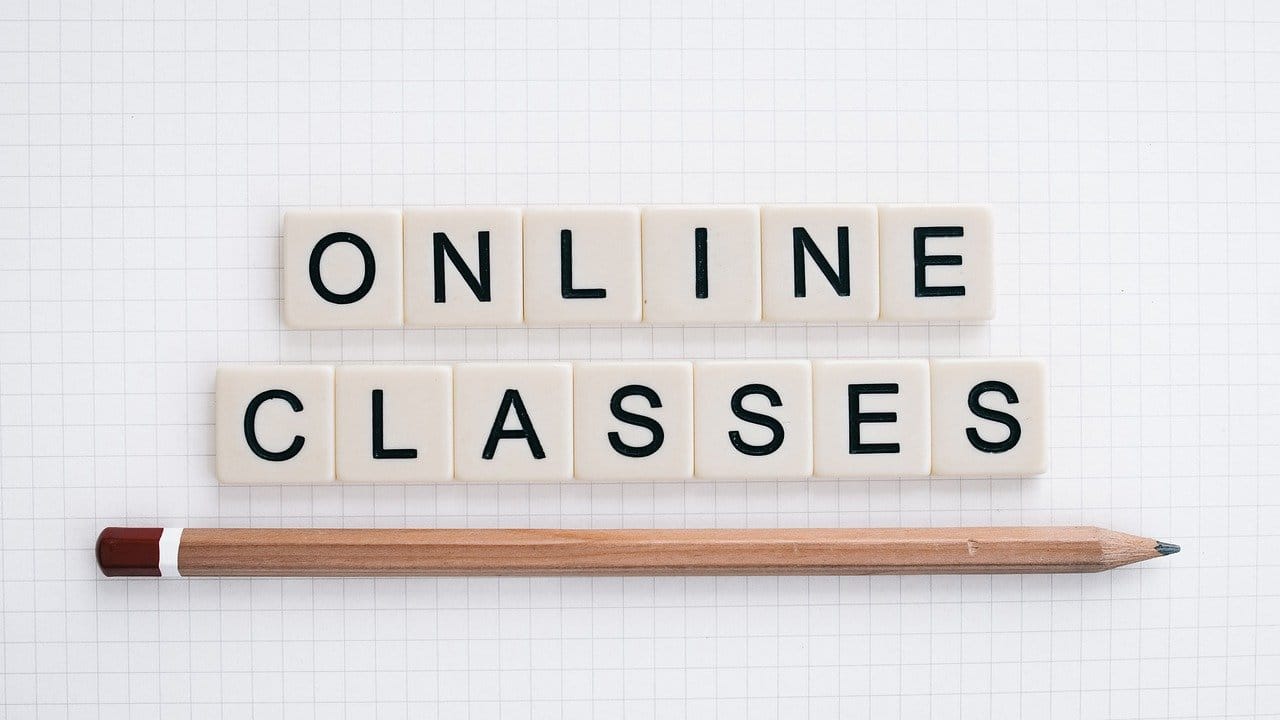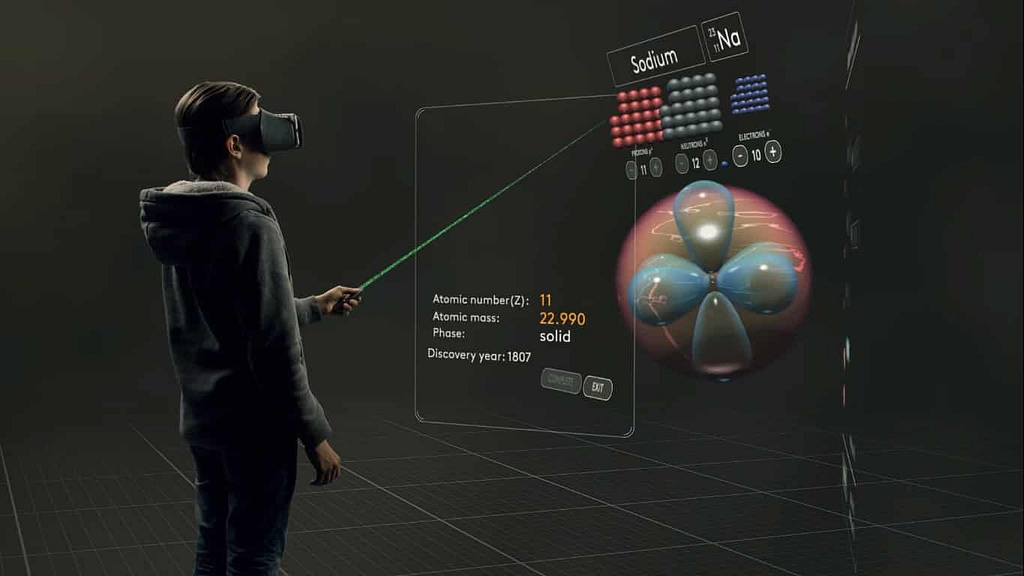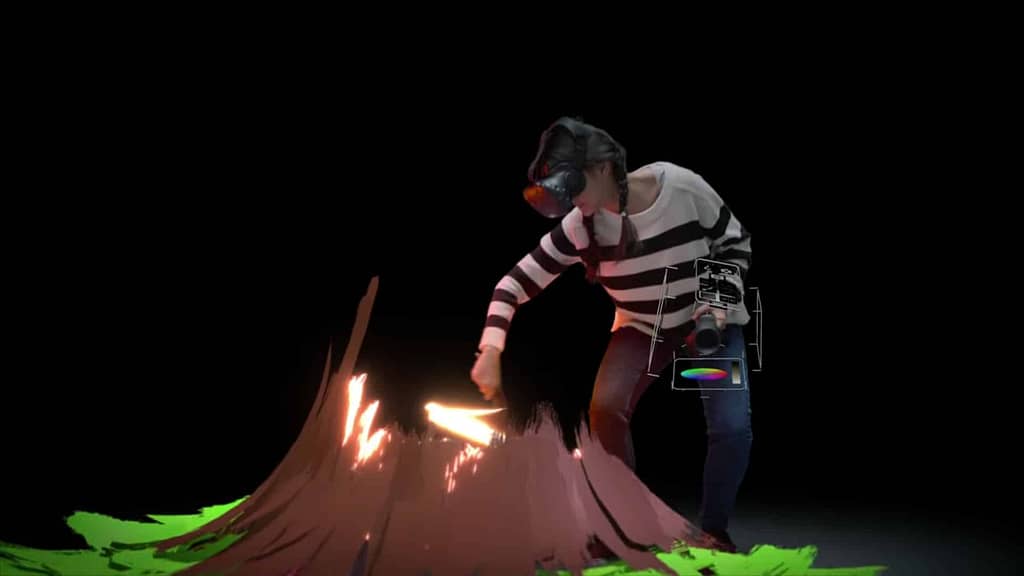How Virtual Reality Can Boost Effective Teaching and Learning
It’s a tough time for the global education industry, for which the pandemic represents a disruption of seismic proportions. There are around 367 universities, 18000 colleges, 1500 management institutes, 3500 engineering institutes, 1200 medical colleges, half a million teachers, and 11 million pupils in the country. The private education industry is estimated to be between 20000–25000 crores. But most of these schools and colleges have been officially “locked down” and all the students have been quarantined because of the pandemic. Examinations have been canceled or moved online and the industry faces an enormous disruption.

As a result, education has changed dramatically, with the distinctive rise of learning online, whereby teaching is undertaken remotely and on digital platforms. As soon as the Covid-19 crisis broke out and there was nationwide “locked down” many universities, colleges, schools, and institutions shifted to the online mode with the help of the application like Google Meet. Universities like Ashoka University shifted to the online mode by mid-March and remained largely unaffected by the nationwide lockdown.
With the rapid growth of technology and information at the tips of our fingers, learning is now boundless. Technology can be expensive but implementing and adapting the technology in schools and colleges can save money. Virtual field trips, E-books, E-Documents, virtual labs, and with thousands of free online resources available on the internet, schools and colleges can save money and still give students amazing educational experiences.
“In a country like India, we don’t have enough teachers or easy access to good institutions — we should, therefore, adopt a focused, systematic program of using the power of technology to enable learning,” says Dinesh Singh, former vice-chancellor of DU.
Virtual Reality In Education Industry
With recent advancements, the sector has been adapting virtual reality making it more immersive and affordable. Virtual reality with a unique student-friendly interface has brought a whole new concept in educational technology-more fun, exciting, and enjoyable which provides better information for the students to absorb than reading. Its technicality is extremely interesting, engaging, and motivating. It also allows the students to explore, travel, visit what they need to learn without leaving the room.

According to an article in The Times of India, “The classes in VR and online will be more realistic where you can have all the texts, videos, questionnaires, and feedback. The teaching module can be recorded as a result students can see it later. So learning experience will be more interesting in the future than what we see now,” says Sanjib Kumar Rout, president of the CV Raman Global University.
When it comes to teaching through online or VR, it allows innovative methods of teaching for teachers with the help of technology and online tools, it also allows the teachers to reach out to a large number of students across the globe, there is no barrier as it is in traditional teaching that every students should be present in the classroom. So, it provides a lot more advantage in distance learning. Not only does it provide advantages to the teachers but the students also get the ability to learn using different online tools and methods, they can experience what they are reading; an opportunity to learn by doing rather than passively reading, explore the topic, there will be no disruption in learning because of the pandemic or for other similar reasons. The students can also listen to recorded and live conversations and work according to their speed, which gives them the advantage to listen to the recorded conversations, in case they need to, in times when it is needed.

Virtual reality is developing a presence in the education sector for virtual visits as well, generating some buzz with those accomplished through the app, like GEAR UP and Get2College. GEAR UP- Gaining Early Awareness and Readiness for Undergraduate Programs, operated by the University of North Carolina System intends to help first-generation students gain early awareness of college options in North Carolina with the help of the virtual reality app. It is also intended to motivate students to think of college as an option and to begin to take the necessary steps to apply to college and for financial aid.
Virtual reality in education isn’t just for school/college/university students but it can be also for those adults or working people who find themselves in need of going to or returning to college, but may not have time because of their schedules. But now with the help of VR learning, they can fix the time of learning according to their preferences and learn what they need to.
Virtual Reality Has Been Around Longer Than You Think
The concept goes back as far as 1838 when Sir Charles Wheatstone was the first to describe stereopsis. By the early 1900s, a form of virtual reality was used for flight simulation, imitating the turbulence and disturbance associated with flights to train pilots safely and effectively. The Telesphere mask of 1960 stands out as another iconic piece of technological advancement when Morton Heilig invented a head-mounted display device and made its first appearance. Then, designers focused on professionally geared applications in the 1970s and 1980s. By the 2000s with the advancements in smartphone technology, many mobile phone users can use VR from their phones.
What To Expect In Future

Even with the rapid growth of technology, we still cannot predict the future with certainty. However, with the events in the past and how it is transformed to today, we can draw how far VR can take us. Several schools and colleges are adopting VR technology and have seen growth with the computer-based simulation of an interactive environment. VR stands out as a promising technology, giving students opportunities to experience different learning options. Improving education is a huge challenge for our society. We need to implement technology so that we can utilize it to improve teaching and learning and help our students to be in a great spot for the race in a competitive global education system. Virtual reality in education is the future, it will change the world of education we know. Gone are the days of thumbing through an Encyclopedia, the future classrooms will be technologically advanced places of learning. With VR technology, we can achieve the goal to make knowledge available, accessible, and affordable for everyone, inside and outside of cities and towns.
Conclusion
Technology is a tool that can improve education in many ways, it benefits both teachers and students as well as parents. The benefit from free online resources, personalized learning tools, and opportunities for advanced learning. Virtual reality has existed for decades but it is a new implementation in the education industry. VR creates an environment for getting the students engaged in a diverse array of learning tasks that improve their retention of new concepts. Schools, colleges, and universities can adopt VR education knowing that they are making a great deal for the future.
